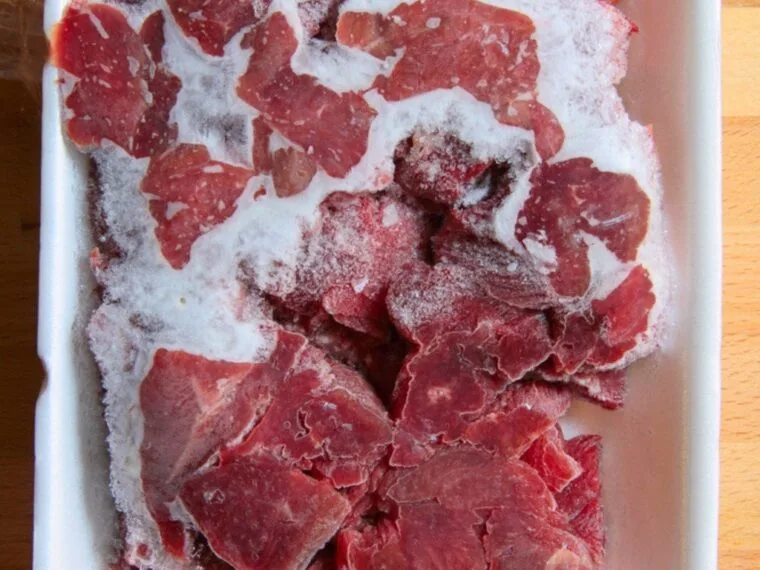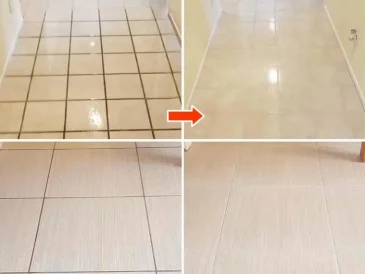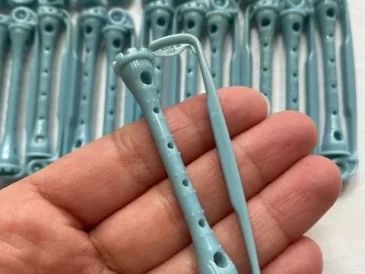When it comes to defrosting meat, many of us may be tempted to leave it out on the kitchen counter for convenience. However, this can be risky—bacteria thrive in the “danger zone” (40°F–140°F), where meat left at room temperature can quickly become unsafe to eat. To protect both the quality of your meat and your health, it’s essential to use proper defrosting methods. In this article, we’ll walk you through three safe and effective ways to defrost meat, so you can keep your meals fresh and your family safe.
Why Defrosting Meat Properly is Important
Improper thawing can lead to uneven defrosting, where the outer layers of the meat warm up too quickly, allowing bacteria to multiply before the inside has thawed. In the worst cases, this can cause foodborne illnesses. By following safe defrosting methods, you can avoid these risks and preserve the taste and texture of your meat. Let’s dive into the best ways to safely defrost meat.
1. Defrosting Meat in the Refrigerator (Best Method)
How it works:
Defrosting meat in the refrigerator is the safest and most effective way to thaw it. The fridge keeps meat at a steady, safe temperature (below 40°F), preventing harmful bacteria from growing as the meat slowly thaws.
Steps:
- Plan ahead: Defrosting in the refrigerator takes time. Small cuts like chicken breasts may need 4-6 hours, while larger cuts (whole chickens, roasts) can take 24 hours or more.
- Use a tray or shallow pan: Place the meat on a tray to catch any juices that may leak out, preventing cross-contamination with other foods.
- Allow enough time: Make sure to give the meat enough time to thaw completely.
Why it’s best:
This method ensures that meat stays within the safe temperature range, significantly reducing the risk of bacteria growth.
2. Defrosting Meat in Cold Water (Faster Option)
How it works:
If you’re short on time, the cold water method is faster than the fridge. By keeping the meat in a sealed bag and submerging it in cold water, you can safely defrost it much quicker. However, this method requires more attention than refrigerator thawing.
Steps:
- Seal the meat in a leak-proof bag: This prevents water from touching the meat and ensures it stays sanitary.
- Submerge in cold water: Fill a bowl or sink with cold tap water and completely submerge the bagged meat.
- Change the water every 30 minutes: This ensures that the water stays cold enough to safely thaw the meat.
- Cook immediately: Once the meat is thawed, cook it right away to prevent bacteria growth.
Why it works:
Cold water is effective at speeding up the defrosting process without raising the meat’s temperature too quickly. Just be sure to monitor the water temperature and don’t leave the meat in the water for too long.
3. Defrosting Meat in the Microwave (Quickest Method)
How it works:
The microwave is the fastest method for defrosting meat, but it can result in uneven thawing. Parts of the meat may begin to cook while other areas remain frozen. Because of this, it’s best for smaller cuts of meat.
Steps:
- Use the defrost setting: Most microwaves have a defrost function that uses low power to thaw food.
- Check and flip periodically: To ensure even thawing, check the meat every few minutes, and flip or rotate it as needed.
- Cook immediately: Since parts of the meat might begin to cook during the defrosting process, cook it right after defrosting.
Why it works:
This method is great when you’re in a pinch, but it’s not ideal for larger cuts of meat as they may thaw unevenly and start cooking at the edges.
Methods to Avoid for Defrosting Meat
Some defrosting methods can be risky and should be avoided:
- Leaving meat on the countertop: Defrosting meat at room temperature can cause the outer parts to reach unsafe temperatures, promoting bacteria growth.
- Using hot water: Never thaw meat in hot water, as it can rapidly raise the meat’s surface temperature, creating conditions where bacteria can thrive.
Additional Tips for Safe Meat Handling
- Don’t refreeze thawed meat: Once meat has been defrosted, especially in the fridge or cold water, it should be cooked before refreezing. If you used the microwave or hot water to thaw, cook the meat immediately before refreezing.
- Consider cooking from frozen: Some meats, like chicken breasts or ground meat, can be cooked directly from frozen. It will take about 1.5 times longer than cooking thawed meat, but it’s safe and convenient when you’re in a rush.
- Plan ahead: Avoid the stress of last-minute thawing by planning meals in advance. Take the meat out of the freezer the night before or the morning of to ensure it thaws safely in the fridge.
Conclusion: Thaw Meat Safely for Better Quality and Safety
Defrosting meat properly isn’t just about convenience—it’s about keeping your food safe and maintaining the best possible quality. Whether you choose the fridge for a slow thaw, cold water for a faster option, or the microwave in a pinch, each method has its advantages. By following these safe thawing practices, you can ensure your meals are not only delicious but also free from the risk of foodborne illnesses.
Have you tried any of these defrosting methods? Share your tips or experiences in the comments below! And if you found this article helpful, don’t forget to share it with your friends.




